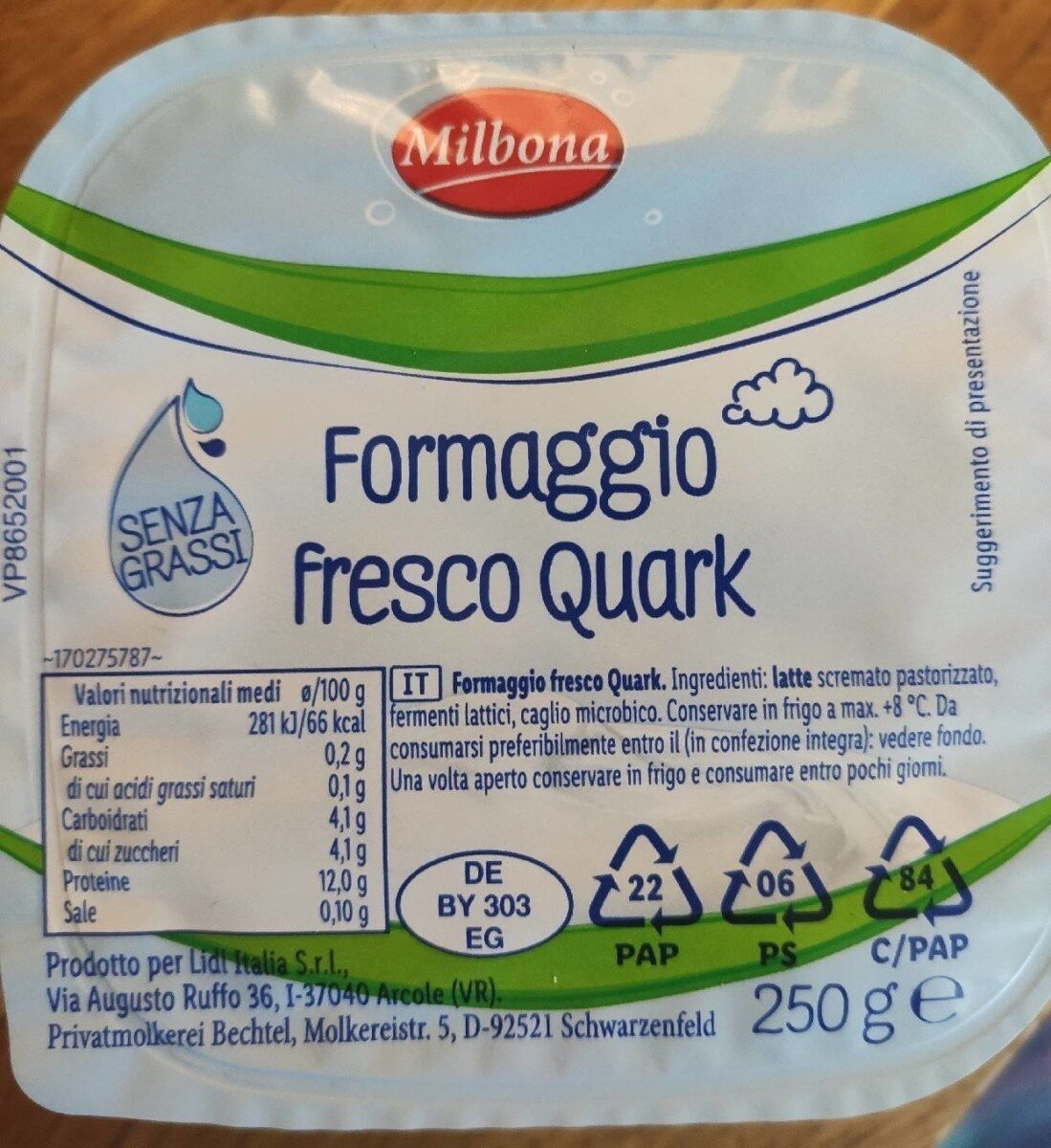

Quark contains very little salt compared to other cheeses, one of the reasons it is a much healthier alternative to ricotta and cottage cheese. While major health organizations recommend we aim for less than 2,300 mg of sodium per day, the true average intake is about 3,400 mg, most of it coming from processed foods ( 4)Īdded salt is not necessary to create quark, which is why it only has around 40 mg per 100 grams. Reducing salt in the diet improves blood pressure, a major risk factor for metabolic disease ( 3). While salt shaken over your dinner does not seem particularly harmful, the amount of salt manufacturers add in processed and pre-made foods is typically much more than you would add yourself. Salt, often called sodium in a medical context, is a critical electrolyte in the body.Ĭonsuming excessive amounts, however, can be very bad for health. Quark is very low in salt- much less than cottage cheese It’s now becoming a popular health snack and dessert in northern Europe. Summary: Full-fat quark contains double the protein of Greek yoghurt. This is why flavoured quark is so popular in fitness communities, particularly in Scandinavian countries where it is well-known. Gram for gram, that’s double the protein of Greek yoghurt. Quark, however, has 14 grams of protein per 100g serving. In comparison, regular yoghurt has only 5 grams ( 2). This is one of the reasons Greek yoghurt became so popular, with an average 7 grams of protein per 100 gram serving. Proteins are the main nutrient required to build muscle. Quark is high in protein… Much more so than Greek yoghurt Calcium: 100-130 milligrams (same as yogurt).There are also trace amounts of natural sugar in the form of lactose (which is in all dairy products). Quark can range from 1% to 40% fat the rest is protein (80% of which is casein), calcium, and phosphate. Summary: Quark originated in Europe and is produced quite differently to both cheese and yoghurt. Quark with a higher fat content typically has cream added, and is often flavoured in the manufacturing process. The process is not as complex as it sounds, and can even be made at home. This is then strained in a cheesecloth resulting in a product that is firm yet creamy in texture. Once quark becomes acidic the casein proteins leak out. Lactic acid bacteria are then added in the form of mesophilic Lactococcus starter cultures, different to yoghurt. Quark is made by warming soured milk until it curdles (when the milk proteins denature and come apart). And despite a very similar texture and appearance to Greek yoghurt, quark is not a yoghurt either.


 0 kommentar(er)
0 kommentar(er)
